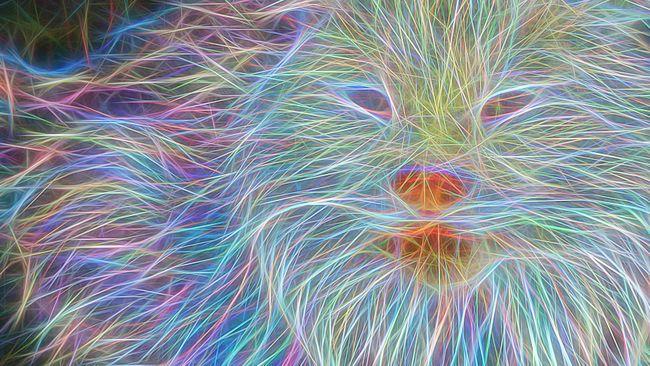Schrodinger's Cat breakthrough could usher in the 'Holy Grail' of quantum computing, making them error-proof
Last edited Fri Jan 17, 2025, 10:37 AM - Edit history (1)

Scientists have used the famed "Schrödinger's cat" thought experiment to come up with a way to remove errors from future quantum computers. The new method encodes quantum information onto an antimony atom, which has eight possible states that enable data to be more safely stored than in a standard two-state qubit, or quantum bit.
The breakthrough is a vital step in making errors within quantum systems less likely to occur, and, when they do, make them more easily detected and corrected — a key barrier to the development of quantum computers. The researchers published their findings Wednesday (Jan.14) in the journal Nature Physics. First devised by physicist Erwin Schrödinger in 1925, his thought experiment evocatively describes the weird rules of the quantum world by imagining a cat placed inside an opaque box with a poison vial which has an opening mechanism controlled by radioactive decay — a completely random quantum process.
Until the box is opened and the cat is observed, Schrödinger argued, the rules of quantum mechanics mean that the unfortunate feline will exist in a superposition of states, simultaneously dead and alive. In the case of a qubit, quantum information relating to the 0 or 1 states of a classical computer can be encoded on the "'spin up"' and "'spin down"' states of an atom — spin being the intrinsic angular momentum of a fundamental particle.
But if noise within a quantum computer causes this spin to suddenly change (as often happens), the quantum state would be lost, producing an error and destroying the information within. To get around this problem, the researchers behind the new study embedded an antimony atom, which has eight different spin directions, inside a silicon quantum chip. The six additional spin directions of the antimony atom (obtained by the atom’s composite nature that adds multiple individual spins) means that, unlike in a two spin-state system, a single error isn't enough to destroy the encoded information.
https://www.livescience.com/technology/computing/schrodingers-cat-breakthrough-could-usher-in-the-holy-grail-of-quantum-computing-making-them-error-proof
